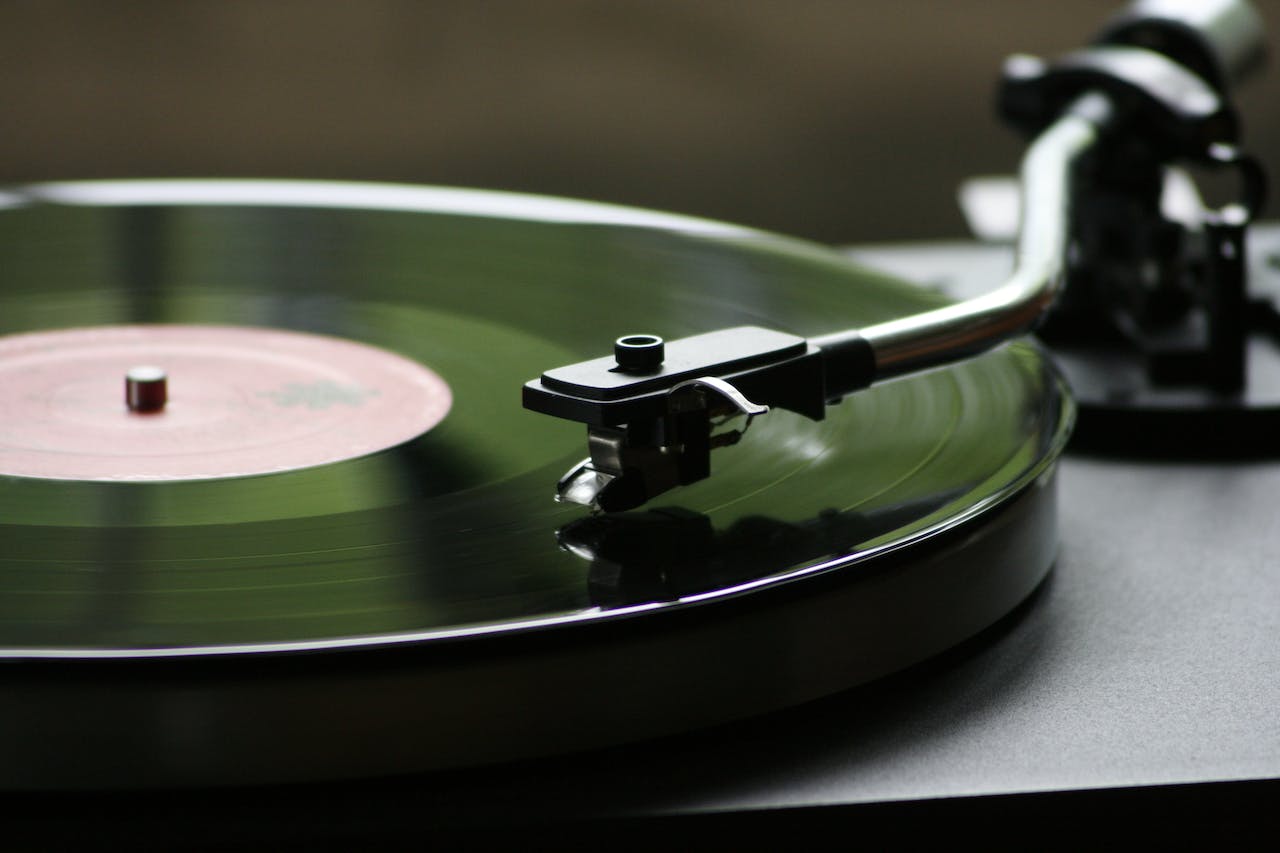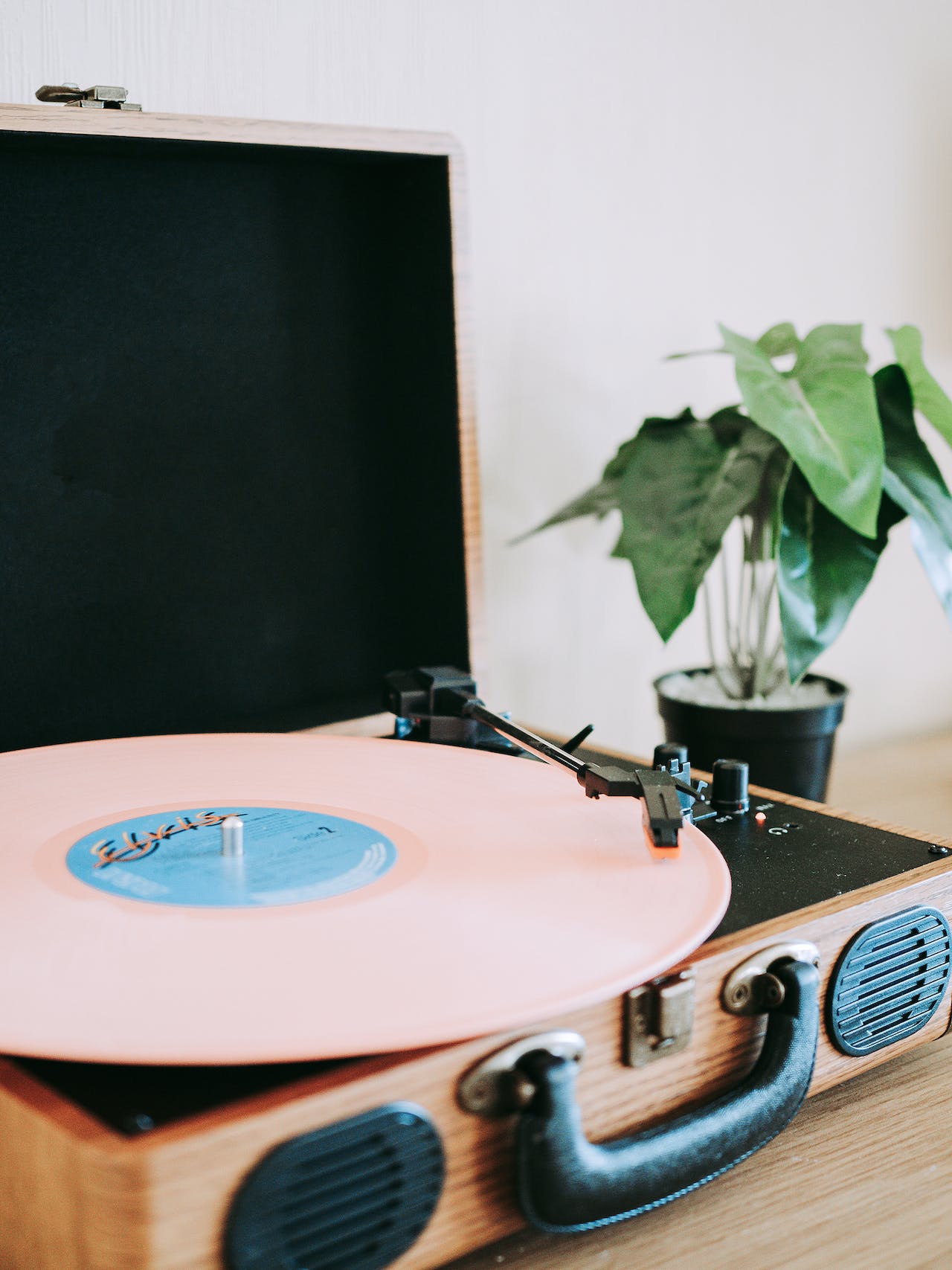In the world of music enthusiasts, vinyl records hold a special place. They are not just about the music; they’re about the experience. And at the heart of this experience is the turntable – a device that does more than play music; it resonates with the soul of the past. With the resurgence of vinyl records, turntables have evolved from their classic forms to modern, sophisticated record players. Choosing the right turntable is essential to complete your vinyl collection and enhance your listening experience. This guide will take you through everything you need to know to make an informed decision.
The Rich History of Turntables
Understanding the history of turntables can enrich your appreciation for this timeless device and inform your purchasing decision. The evolution of turntables is a journey through technological advancements, cultural shifts, and musical innovation.
1. The Genesis of Turntables: The origin of turntables dates back to the late 19th century, with Thomas Edison’s invention of the phonograph in 1877. This early version recorded sound onto a tinfoil cylinder, a far cry from today’s flat records but the starting point for all record players.
2. The Gramophone: Emile Berliner’s introduction of the gramophone in the 1890s marked a significant advancement. Unlike Edison’s phonograph, the gramophone used flat discs, a format that closely resembles modern vinyl records. This disc system became the standard due to its easier production and storage.
3. The Rise of the Record Player: In the early 20th century, record players became a common household item. The introduction of electrical recording in the 1920s significantly improved sound quality. By the 1950s and 1960s, turntables were a staple in homes, playing 33 1/3 RPM LPs (long-playing records) and 45 RPM singles.
4. The Golden Era and Hi-Fi Systems: The 1950s to the 1970s are often considered the golden era of vinyl and turntables. The introduction of stereo sound and high-fidelity (Hi-Fi) systems allowed enthusiasts to enjoy music with unprecedented clarity and depth.
5. The DJ Culture Emergence: The 1970s and 1980s saw the rise of DJ culture, with turntables becoming instrumental in hip-hop, disco, and dance music. Techniques like scratching and beat-mixing transformed turntables from playback devices into instruments.
6. Digital Age and Vinyl Revival: The advent of CDs in the 1980s and digital music in the 2000s led to a decline in vinyl and turntables. However, the 21st century saw a resurgence in vinyl appreciation, with audiophiles and music enthusiasts celebrating the warm sound, tactile experience, and artistry of vinyl records.
Choosing Your Turntable: Marrying History with Modern Needs
Armed with this historical context, you can appreciate how modern turntables have inherited and adapted these rich traditions. When selecting a turntable:
- Consider the Legacy: Each brand and model of turntable comes with its own history. Some modern turntables are designed with a nod to their vintage predecessors, while others focus on incorporating contemporary technological advancements.
- Analog vs. Digital: Decide whether you prefer a purely analog experience reminiscent of the golden era or a modern turntable that blends analog warmth with digital convenience, such as USB outputs for digital recording.
- Aesthetic and Build: Turntables today range from classic wood finishes that hark back to their mid-20th-century roots to sleek, modern designs. Consider which style best fits your personal taste and the decor of the space where you’ll be enjoying your music.
2. Understanding Your Needs and Space
Beginner’s Choice: If you’re new to the vinyl scene, start with something compact and user-friendly. Smaller, lightweight turntables are ideal for limited spaces and are a great way to familiarize yourself with the basic functions before upgrading to more complex models.
Traditional vs. Modern: You’ll find turntables that retain their traditional charm and others that boast contemporary features. While traditional models offer simplicity and nostalgia, modern turntables can elevate your music experience with advanced technologies.
3. Delving into Technical Features
Weight and Build Quality: Heavier turntables generally provide better vibration absorption, leading to clearer sound without interference. Although heavier models might be less portable, they often offer superior sound quality compared to their lightweight counterparts.
Motor Mechanics: The motor is a critical component affecting sound quality. Look for models with well-isolated motors to minimize vibration. Playing different turntables will help you judge which ones produce the best sound with minimal noise. Consider models with stable speed for consistent sound delivery.
Platter Composition: The platter’s material and design play a vital role in sound quality. Options range from medium-density fiberboard to steel, often with a felt mat. The ideal platter should minimize vibration, secure the record in place, and enhance sound fidelity.
Tonearm and Cartridge Considerations: A high-quality tonearm should move smoothly and be resonance-free. Look for tonearms with robust bearings and materials like carbon fiber. The cartridge, particularly its stylus and coils, is pivotal for sound quality. It should offer excellent channel separation and dynamic range.
Belt Drive or Direct Drive: Belt-driven turntables are favored for listening due to their ability to isolate motor noise. Direct drive turntables, preferred by DJs for their quick start-up, offer more precise speed control.
Importance of the Stylus (Needle) in Sound Quality
The needle, or more technically, the stylus, of a turntable plays a crucial role in the overall vinyl listening experience. Its importance cannot be overstated when selecting a turntable for several reasons:
Sound Quality
The stylus is responsible for the transduction process which handles translating the physical grooves of a vinyl record into an electrical signal, which is then amplified and converted into sound. The quality of the stylus directly affects how accurately these grooves are tracked and interpreted.
The selection of material and design is important in a high-quality styli, often made from materials like diamond or sapphire, provide better contact with the record grooves, leading to improved sound fidelity. The shape of the stylus (e.g., spherical, elliptical, line contact) also influences how it interacts with the record grooves, affecting the level of detail and clarity of the audio.
Record Wear
Protection of Vinyl Records is an important consideration. A good stylus not only ensures high-quality sound reproduction but also minimizes wear and tear on your records. Poor quality or damaged styli can scratch or degrade the vinyl surface, potentially damaging your valuable record collection.
4. Mastering Turntable Basics
Educate Yourself: Familiarize yourself with how turntables work. Online tutorials, guides, and advice from experienced vinyl enthusiasts can be invaluable. Learn maintenance skills like changing cartridges or cleaning the platter to keep your turntable in top condition.
5. Budgeting for Your Turntable
High-End vs. Affordable Options: The market offers a wide range of turntables, from expensive high-end models boasting superior features and durability to more affordable, basic versions. If budget allows, invest in a high-quality turntable that matches the features you desire.
Starting Small: If you’re budget-conscious or still exploring what you want in a turntable, begin with a less expensive model. As you grow more accustomed to the vinyl experience, you can upgrade to a model that fully meets your needs.
6. Complementing Your Turntable with Additional Equipment
Essential Add-Ons: Modern turntables might require additional components like preamps, speakers, or amplifiers. Start with the essentials based on your initial assessment. Prioritize necessary equipment to enhance your turntable setup without overspending.
Final Thoughts
The journey to finding the perfect turntable is as personal as your taste in music. Whether you’re driven by nostalgia, sound quality, or the sheer beauty of vinyl records, the right turntable can significantly enhance your listening experience. Remember, a turntable is not just a music player; it’s a gateway to a rich, immersive musical journey. So, take your time, do your research, and choose a turntable that resonates with your passion for music and your unique vinyl collection.

